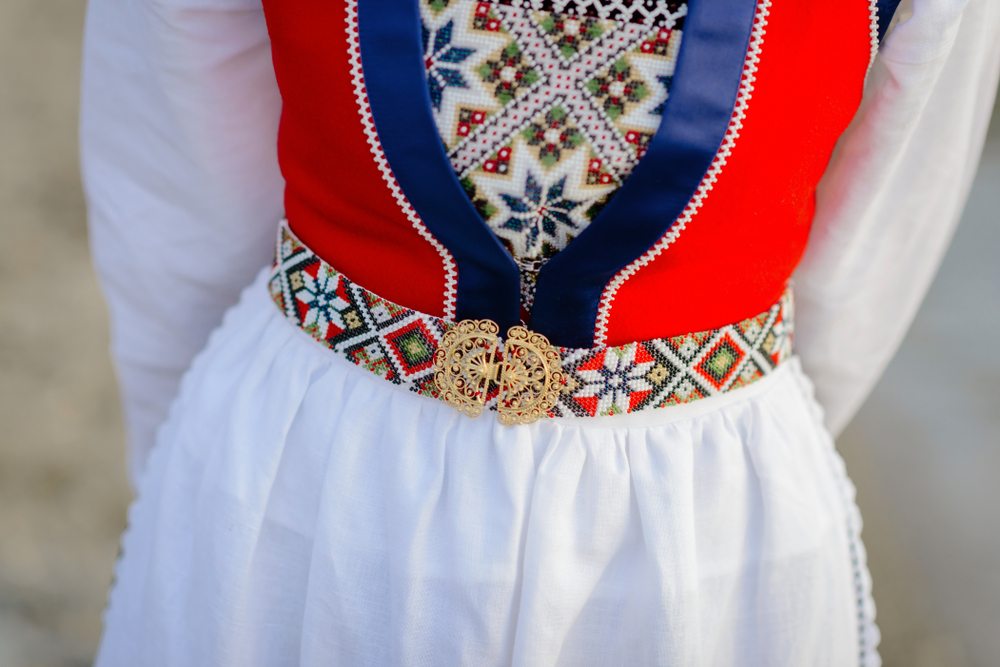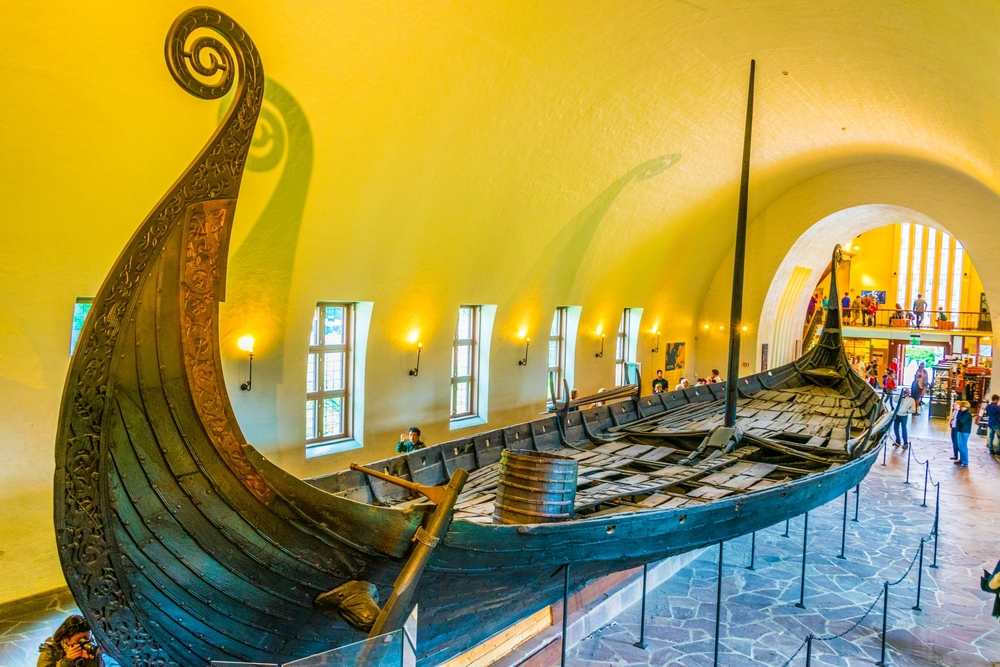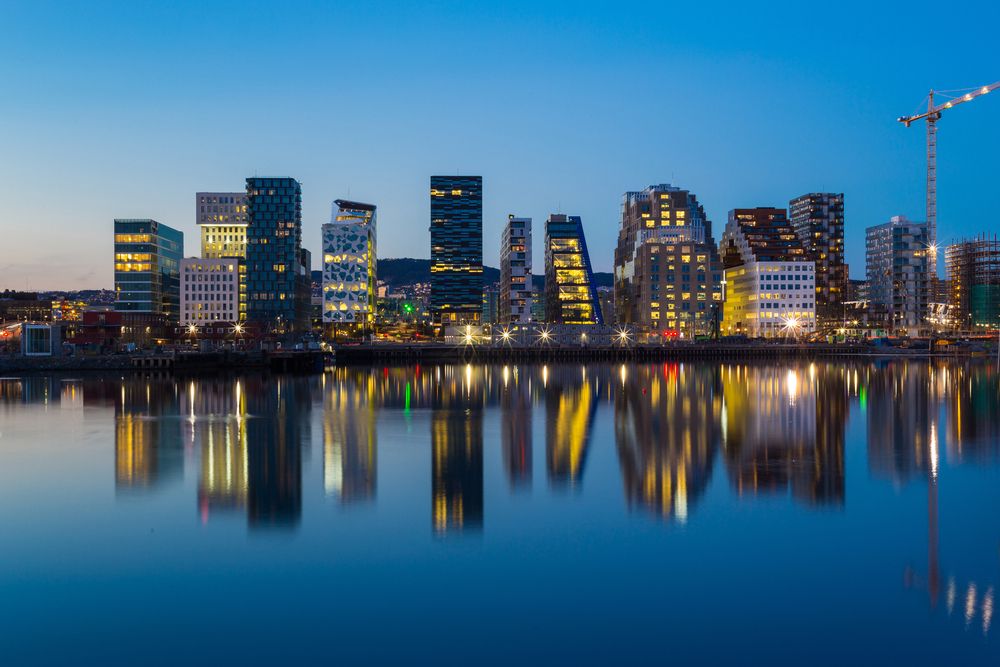Bunad holds a cherished place in Norwegian culture, representing the rich history and identity of the country. As a symbol of tradition and national pride, these traditional Norwegian clothes have captivated locals and visitors alike.
In this blog post, we delve into the fascinating world of Bunad, exploring its origins, significance, and the reasons why Norwegians hold it in such high regard. By understanding the allure and cultural importance of Bunad, we can gain a deeper appreciation for this iconic attire.
What is a Bunad?
Bunad is a term used to describe the traditional clothing of Norway. It encompasses a wide range of garments, each representing a specific region, historical era, or cultural group within the country. These intricately designed outfits are meticulously crafted and often feature hand-woven fabrics, delicate embroidery, and exquisite details.
The origins of Bunad can be traced back to the 19th century when Norway was experiencing a resurgence of nationalistic sentiment. At that time, Norwegians sought to rediscover and celebrate their cultural heritage, and traditional clothing became a significant part of this revival. Influenced by the national romanticism movement, Bunad emerged as a symbol of Norwegian identity, showcasing the unique customs and regional diversity of the country.
One of the remarkable aspects of Bunad is the extensive variety found throughout Norway. Each region has its distinctive style, colors, and patterns, reflecting the local traditions and history.
For example, the Bunad from Telemark showcases intricate embroidery and vibrant reds, while the Bunad from Hardanger features striking silver brooches and richly adorned bodices. With over 200 different variations, Bunad offers a captivating glimpse into the cultural tapestry of Norway.
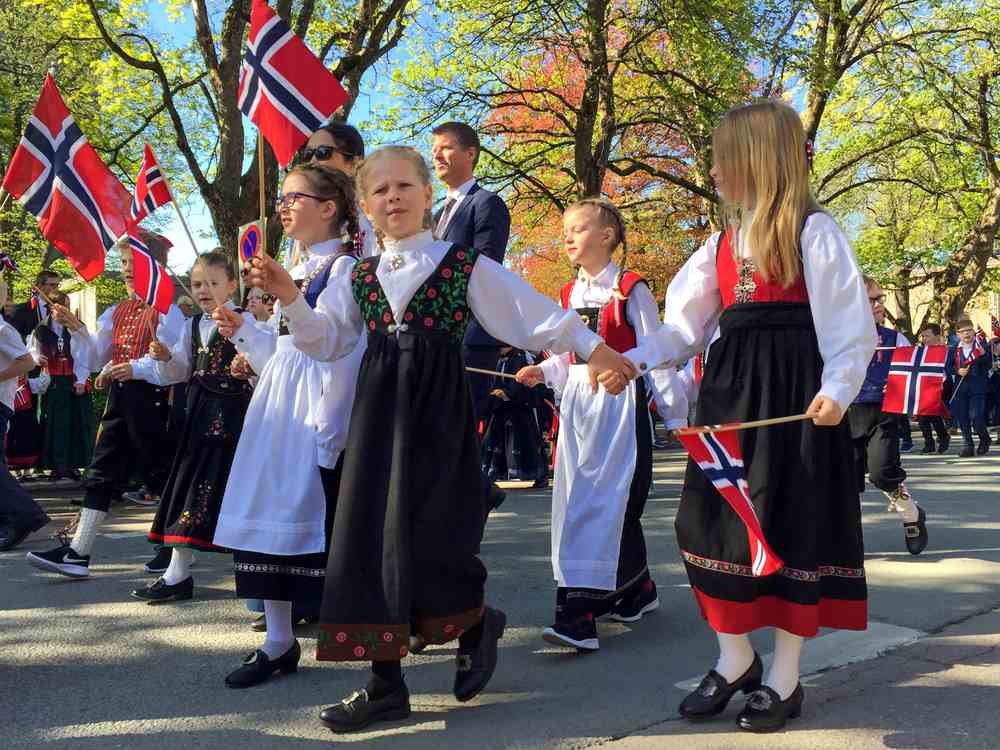
Why do Norwegians Wear Bunad?
Bunad holds significant cultural importance in Norway, and Norwegians wear these traditional garments for several reasons:
Cultural Pride: Bunad represents Norwegian cultural heritage, fostering a sense of pride and connection to their ancestors.
Celebrating Occasions: Bunad is worn during weddings, christenings, and Constitution Day (17th of May) to honor important events and demonstrate patriotism.
Preserving Tradition: By wearing Bunad, Norwegians keep alive customs, craftsmanship, and cultural practices passed down through generations.
Sense of Belonging: Wearing Bunad creates a shared cultural experience, strengthening community bonds and fostering a sense of belonging.
Personal Expression: Bunad allows for individual expression through choices of regional variations, colors, and accessories.
Reverence for Craftsmanship: Bunad showcases the exceptional skills of Norwegian artisans, honoring their craftsmanship and supporting traditional techniques.
How Much Does a Bunad Cost?
On the lower end of the spectrum, a basic Bunad without intricate embroidery or expensive materials can start around 10,000 to 15,000 Norwegian kroner. Mid-range Bunads with moderate embellishments and quality craftsmanship typically range from 20,000 to 40,000 Norwegian kroner. At the higher end, especially for elaborate and highly detailed designs with premium materials, the cost can exceed 50,000 Norwegian kroner or more.
But the cost of a Bunad can vary depending on various factors. Here are some considerations when it comes to the price of acquiring a Bunad:
Regional Variation
Different regions in Norway have their unique Bunad styles, and the cost can vary based on the intricacy and materials used in each design. Some regional variations may require more elaborate embroidery or expensive fabrics, resulting in higher prices.
Quality and Craftsmanship
The quality of a Bunad greatly influences its cost. Handmade Bunads crafted by skilled artisans with meticulous attention to detail tend to be more expensive. The level of craftsmanship, including the intricacy of embroidery and the quality of materials, contributes to the overall price.
-compressed.jpg)
Accessories and Additional Items
Bunads are often accompanied by various accessories such as silver brooches, belts, headpieces, and shoes. The cost of these additional items should be considered when budgeting for a complete Bunad ensemble.
Customization and Tailoring
If you opt for a tailored Bunad or require alterations to ensure a perfect fit, additional costs may be incurred. Customization, adjustments, or personalization according to individual preferences can affect the final price.
Brand and Reputation
Established brands or renowned Bunad designers may have higher price points due to their reputation and expertise in creating authentic and high-quality Bunads. The brand's prestige and demand can influence the cost.
Who Can Wear a Bunad?
Bunad is a traditional Norwegian attire that embraces inclusivity and welcomes individuals of all genders, ages, and backgrounds. Here are key points regarding who can wear a Bunad:
Inclusivity: Bunad is open to anyone who appreciates and respects Norwegian heritage and traditions.
Regional Associations: While specific Bunad styles are associated with certain regions, individuals can wear Bunads from different regions if they feel a personal connection or admiration for a particular style.
Norwegians and Non-Norwegians: Bunad is not limited to Norwegians and can be worn by anyone who has a deep appreciation for Norwegian culture.
Respectful Attire: Wearing a Bunad should be done with respect, understanding the cultural significance, and appreciating the craftsmanship behind it.
Family Traditions: Bunads are often passed down through generations, carrying the family's heritage and traditions.
Rental Options: Rental services provide opportunities for individuals to experience wearing a Bunad for specific events or celebrations.
Bunad symbolizes unity, cultural pride, and inclusivity, inviting everyone to celebrate Norwegian traditions.
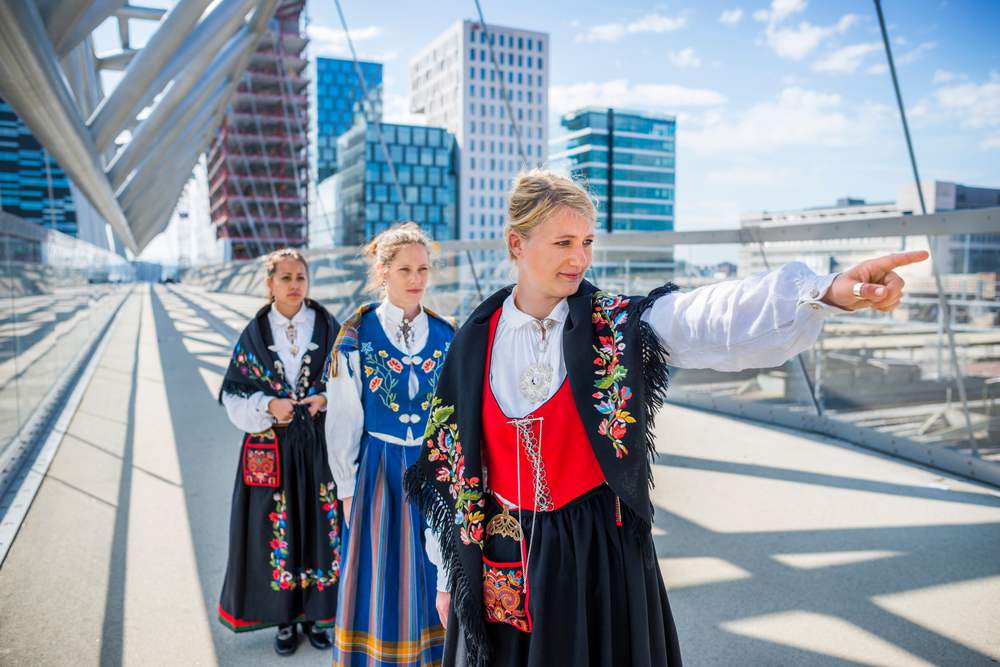
What Does the Bunad Symbolize?
Bunad carries profound symbolism, representing Norwegian culture, heritage, and identity. Here are key symbolic meanings associated with Bunad:
Cultural Symbolism: Bunad visually represents Norwegian heritage, customs, and values, with intricate designs and colors reflecting regional traditions and historical events.
Connection to Nature: Bunads often feature elements inspired by Norway's landscapes, symbolizing the deep bond between Norwegians and nature.
Folklore and Beliefs: Bunads may incorporate symbols rooted in folklore, preserving cultural stories and traditional wisdom.
Regional Identity: Each Bunad represents a specific region, showcasing its unique heritage and identity.
Celebration of Seasons: Bunads are worn during festive occasions, embodying the spirit and joy of seasonal celebrations.
Personal and Collective Identity: Bunad allows wearers to express personal and family history, fostering a sense of belonging and shared cultural identity.
Bunad is a tangible representation of Norwegian culture, connecting wearers to their roots and honoring the values that shape their nation.
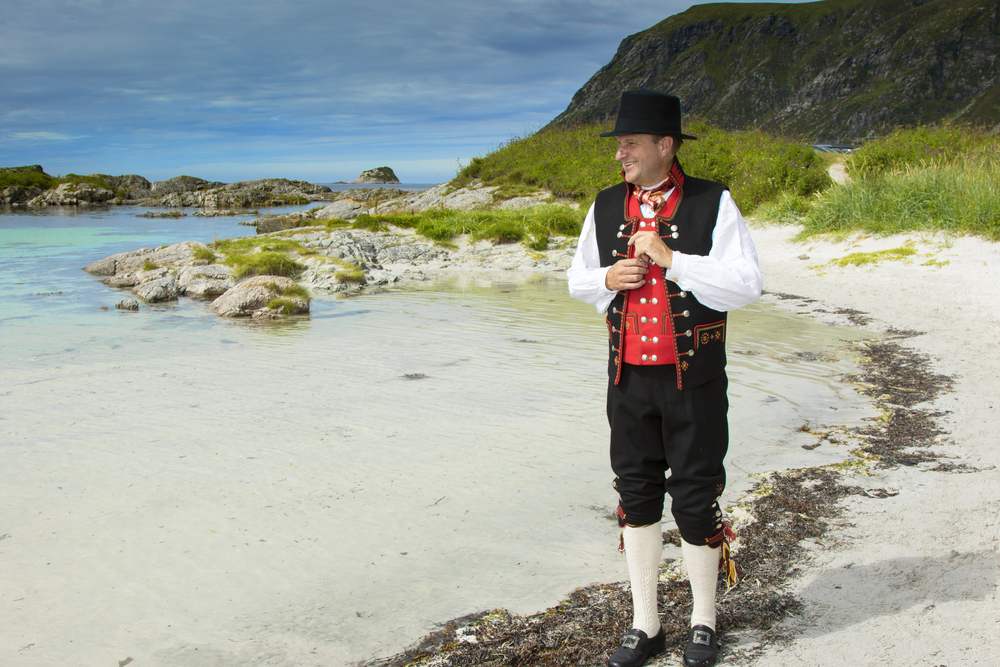
Discover the Bunad
Bunad represents the beauty and cultural heritage of Norway. It embodies Norwegian customs and values while fostering pride, unity, and connection. Whether owned or rented, wearing a Bunad allows individuals to celebrate occasions and express personal and collective identity.
Embrace the traditions and symbolism of Bunad as you explore Norway's landscapes. Visit our website for Campervan Rentals in Norway to complete your Norwegian adventure. Let Bunad be a symbol of your appreciation for Norwegian culture and traditions.


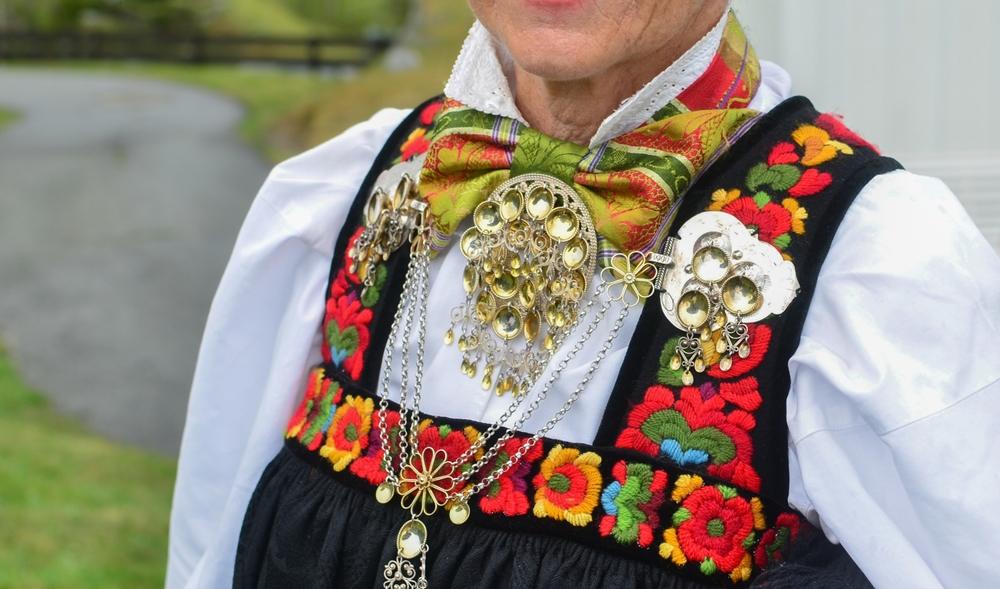
 By
By 

